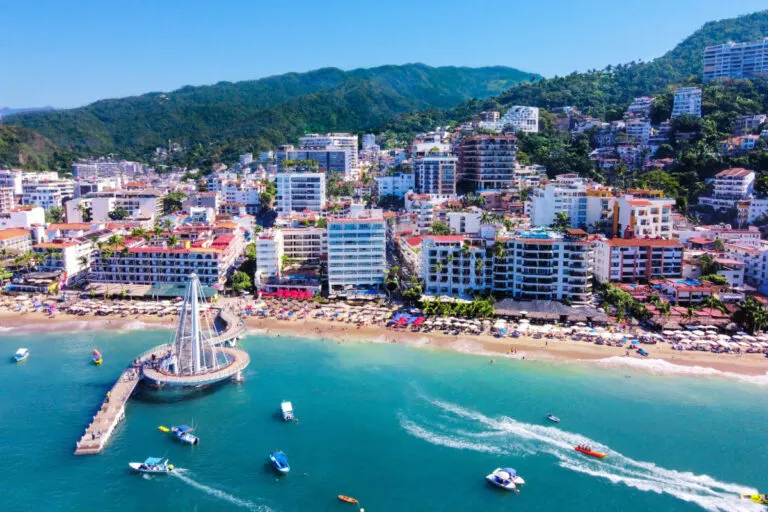Despite the fact that very few tourists are affected by crime when vacationing South of the border, safety remains a major concern for Americans who plan trips to Mexico, who are bombarded, time and again, by mainstream media sensationalism.
While there’s no denying Mexico has many problems, like every other country, including the United States, it is in reality pretty low-risk compared to other Latin American destinations, and the latest INEGI-backed research is helping debunk some decades-old misconceptions.
INEGI is Mexico’s National Institute of Statistics and Geography, and as customary every three months, they surveyed Mexican townspeople on their perception of safety in their own cities, and at least four of the country’s top tourist hotspots ranked as some of the safest:
Los Cabos, Baja California Sur
A dual township including the resort zones of Cabo San Lucas and San Jose Del Cabo, the Mexican Pacific ‘Capes’ is officially considered a low-risk destination, with only 23.2% of residents reporting feeling unsafe, a far lower percentage than your average large U.S. destination.

For years now, Los Cabos has managed to keep crime levels largely under control, in stark contrast with other gang-dominated municipalities in the Northern half of the Baja California Peninsula, and it’s taken no chances when it comes to ensuring tourist hotspots stay violence-free.
From increasing police presence in Downtown Cabo to intensifying patrolling on roads, authorities are working hard to safeguard their hard-earned Level 2 badge of honor, as awarded by U.S. authorities, and this is reflected in the general populace’s positive views.

La Paz, Baja California Sur
Seeing that only 22.4% of residents state they feel unsafe in their own community, the lesser-known, charming-all-the-same La Paz has one of the highest safety perceptions in Mexico.
With the verdant parks, quaint Old Town and judging by its own name, how could it be any different?
This is one of the most traditional municipios in Baja California Sur, and somewhere you go to experience some of that hardcore paisa culture. Many of the buildings date back to the 19th century or earlier, the cuisine is an absolute marvel, and local hospitality is unmatched.

Additionally, the high concentration of laid-back beach bars and lush gardens help create a more welcoming environment, and though we wouldn’t recommend you let your guard down anywhere touristy, you should know the single greatest threat tourists face here is pickpocketing in Malecon Road.
Merida, Yucatan
Often dubbed the safest state capital in Mexico, a status upheld by Washington itself, which considers the state of Campeche a Level 1 destination, it’s no surprise Merida makes an appearance on this list with close to 78% of locals finding it safe to live in.

Best known for its invaluable architectural heritage, with Spanish shrines and a walled city dating back to the period of Spanish colonization, one of two left standing in the American continent, Merida has a significantly lower crime rate than the national average of Mexico.
Based on the Mexico Crime Index, Merida has fewer drug killings, kidnappings, and other forms of violence compared to most Mexican cities, and as for the overall homicide rate, it is a nearly negligible 0.3 per 100,000 residents.

Puerto Vallarta, Jalisco
It may be surprising to some to see that Puerto Vallarta ranks the highest, considering the state of Jalisco has a reputation for being ravaged by gang violence, and the U.S. State Department urges Americans to ‘reconsider’ travel.
Only 19.4% of inhabitants paint a grim picture of life in Vallarta, making it the safest beach town in Mexico, with instances where tourists fell victim to violence or petty theft being increasingly less common and resort areas being generally considered an oasis of tranquility.

Does this mean the U.S. travel advice should be entirely dismissed, or that it is wrong? Not at all: the Level 3 is a blanket warning applying to the whole of Jalisco, not Puerto Vallarta specifically, and you should know crime levels can vary drastically between municipalities.
Americans should maintain a higher level of situational awareness when visiting other towns in Jalisco, particularly further inland, but Puerto Vallarta, as well as its neighboring Riviera Nayarit, are not, statistically speaking, any riskier than Los Cabos or Cancun.
Compare this year’s results to last year’s here.
Credit: Source link

